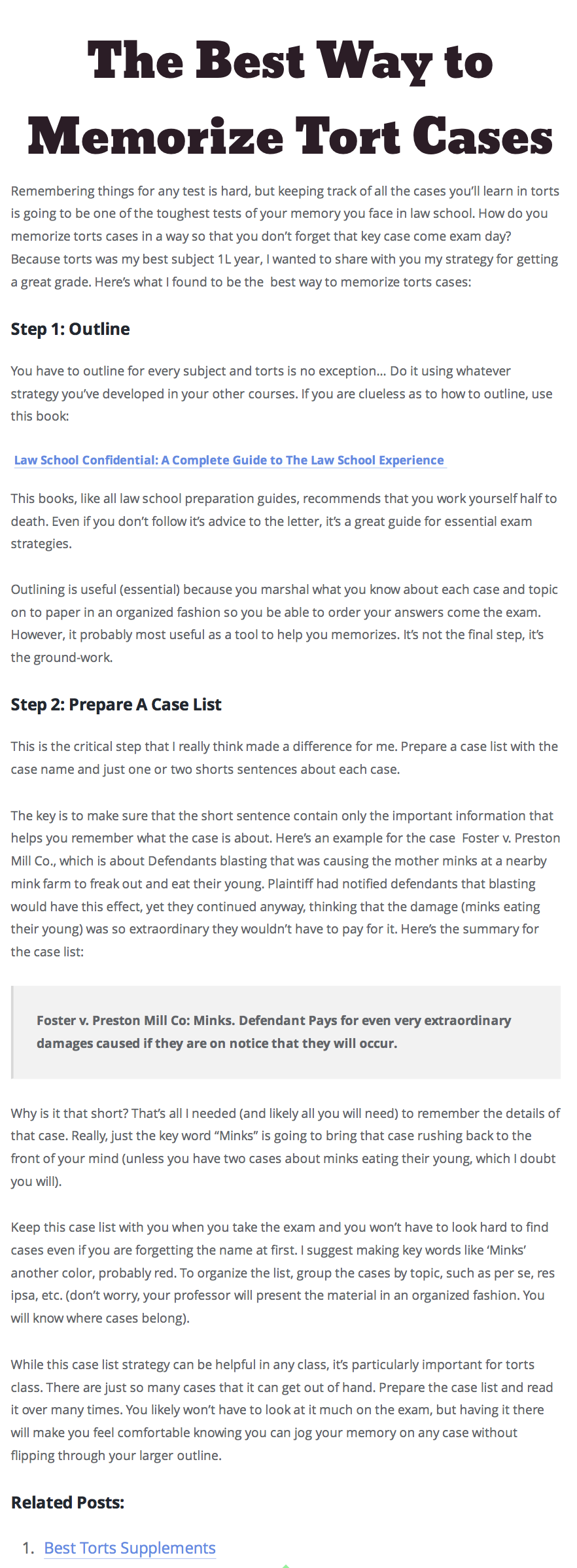The American Bar Association (ABA) has released a variety of data related to enrollment, financial aid, class demographics, faculty demographics and law school trends that can be searched. This material can be especially helpful to prospective law students, pre-law advisors and media outlets.
At approximately 85.6%, 2023 graduates from ABA-approved law schools obtained full-time, long-term jobs requiring Bar passage or with JD advantage opportunities – the highest figure seen since 2008.
Number of Students Enrolled
Last year, 116,897 students enrolled in law schools approved by the ABA that offer Juris Doctor degrees (J.D.s) or other law degree programs; an increase of 170 since 2022.
LSAC’s standard 509 data offers a detailed look into every ABA-accredited US law school’s incoming class, from full and part time enrollment status, racial/ethnic makeup and verified LSAT scores to undergraduate GPAs by quartile. Furthermore, this data also features analysis of admissions trends following the Supreme Court ruling in Students for Fair Admissions v. Harvard College.
LSAC data indicates that, once again, the incoming law student population set an all-time record in terms of diversity based on race and ethnicity. Women made up the highest proportion in this year’s class while first generation college students comprised an unprecedented high proportion. Most prospective law students postponed enrollment until after receiving their undergraduate degree – two thirds did so within one year or more postgraduate graduation.
Number of Students Accepted
Law school enrollment numbers remain relatively stable since their peak of approximately 50,000 in 2022, which benefits both schools and the legal profession by helping to control costs through consistent enrollment levels.
LSAC reports that applications to many schools have increased by approximately 35% compared to last year, perhaps in response to the U.S. Supreme Court’s ruling banning race as a factor for admissions decisions.
These numbers also signal renewed enthusiasm for law as a career option, with first generation and female applicants becoming particularly prevalent among new entrants to law school applications. Unfortunately, attrition rates among these groups tend to be higher than for white students – perhaps as a result of greater work loads required of successful law students such as longer hours and increased study time – particularly among first generation students who may also work while attending law school; further compounding stress on them and their families.
Number of Students Graduating
Many law schools provide their students with extracurricular activities outside the classroom, including student organizations that promote specific groups’ or areas of law’s interests, such as environmental or international law. Student editors manage most major legal scholarly journals in America – becoming part of one is seen as a sign of academic distinction.
Prospective law students look beyond reputation and rankings when selecting their law school of choice; employment outcomes of graduates is also an important consideration. According to new reports, more ABA-approved law schools have seen graduates secure full-time jobs that require bar passage or leverage a JD than ever before.
But the job market remains challenging for new lawyers. Ten months post graduation, unemployment was at around 5% – down from its high of 10.3% in 2021.
Number of Students Working
Law school enrollment was fairly stable compared to last year, although enrollment at American Bar Association-approved law schools offering JD programs did decrease slightly (not including LL.M, masters and certificate courses).
Employment rates of 2023 graduates have steadily increased since 2019. As the job market recovers from COVID-19 pandemic-related cancellations and postponements of bar exams, more students enter law school with work experience, along with higher LSAT scores and GPAs than previous years.
Yale Law provides its student employment support through one-on-one counseling, career education programs and interview programs designed to make hiring easier. Each summer dozens of YLS students receive funding through the Safety Net Fund for expenses like medical and dental care costs, childcare fees and emergency travel arrangements. Furthermore, Schell Center for Public Interest Fellowship programs as well as NYC government internship opportunities give our students invaluable hands-on experience with public service work.



